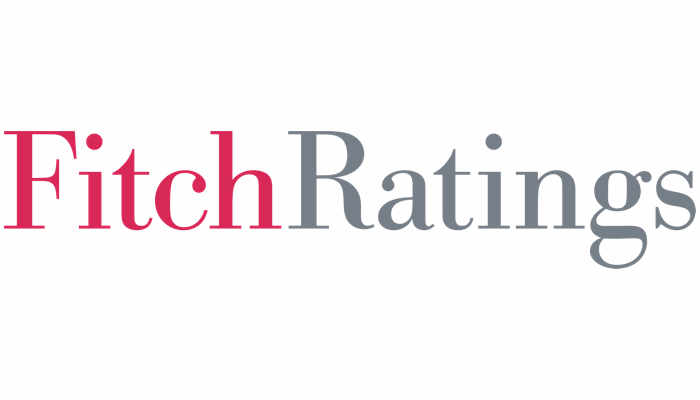Fitch Ratings, a provider of credit ratings, commentary, and research, has highlighted in a new report that global insurers are facing rising regulatory costs driven by structural changes in the life insurance sector, climate change, and the growing role of artificial intelligence (AI), as industry regulators intensify their response to emerging risks.

This push intersects with broader shifts in private credit markets, as various international regulatory bodies—including the International Association of Insurance Supervisors (IAIS), the National Association of Insurance Commissioners (NAIC), and the Bermuda Monetary Authority (BMA)—are focusing on rising investments in alternative assets and the growing use of cross-border asset-intensive reinsurance.
These regulators are working to address potential gaps in existing capital requirements, particularly around liquidity and credit risks, as well as to mitigate the risk of financial instability and regulatory arbitrage.
The IAIS, which sets international insurance standards, recently adopted the Insurance Capital Standard (ICS) in late 2024, marking a significant step in creating a global solvency framework for internationally active insurance groups.
This standard includes a focus on climate risk as a priority and aims to improve the resilience of the insurance sector, while also assessing how insurers can contribute to mitigating climate-related risks.
At the same time, the European Insurance and Occupational Pensions Authority (EIOPA) is urging insurers to increase their solvency buffers for natural catastrophe risks under the Solvency II standard, and many other local regulators are also placing greater emphasis on addressing climate-related exposures.
AI, despite its potential to improve operational efficiency, is introducing new risks that could offset some of the benefits. The growing use of AI in the insurance industry has prompted regulators to develop guidelines on how it should be implemented responsibly.
Fitch notes that the IAIS is currently reviewing feedback on its draft application paper regarding AI supervision, which aims to address concerns over societal biases, data privacy, and the accountability of AI-driven decisions. Meanwhile, EIOPA is conducting public consultations on AI governance, with a focus on risk management strategies for its use in the insurance industry.
As regulatory oversight intensifies, the financial burden on insurers is expected to increase, as they will need to comply with new standards and adapt to the evolving risk landscape.
Fitch Ratings highlights that while the adoption of these standards may lead to higher operational costs, they will also play a crucial role in ensuring the long-term stability and resilience of the global insurance industry.
The push for regulatory consistency, particularly in life insurance, will likely have a more immediate effect on insurers, as they navigate the complexities of asset allocation, cross-border reinsurance, and the integration of AI technology into their business practices.
The post Global insurers face rising regulatory costs due to climate change and AI challenges, Fitch says appeared first on ReinsuranceNe.ws.
